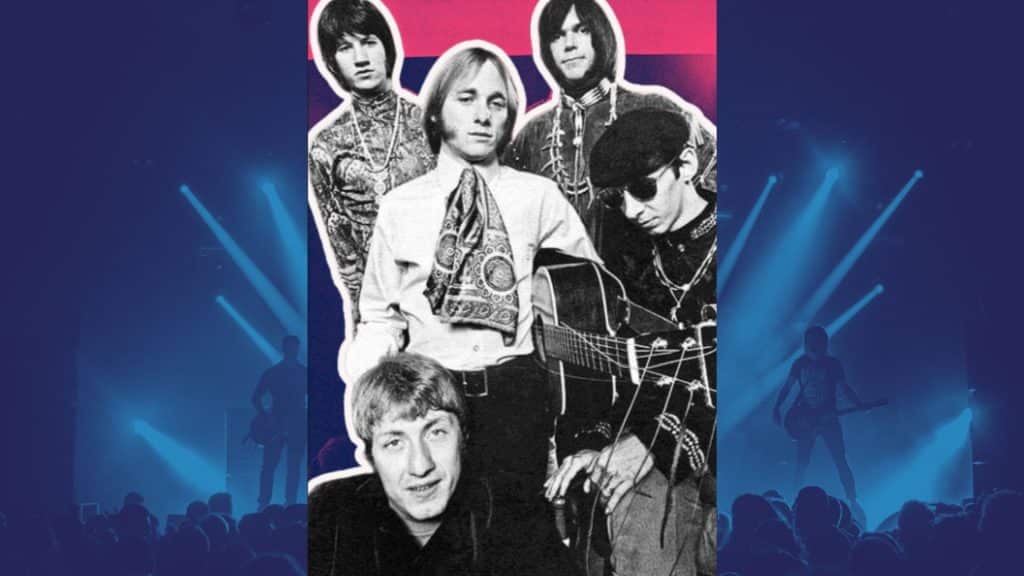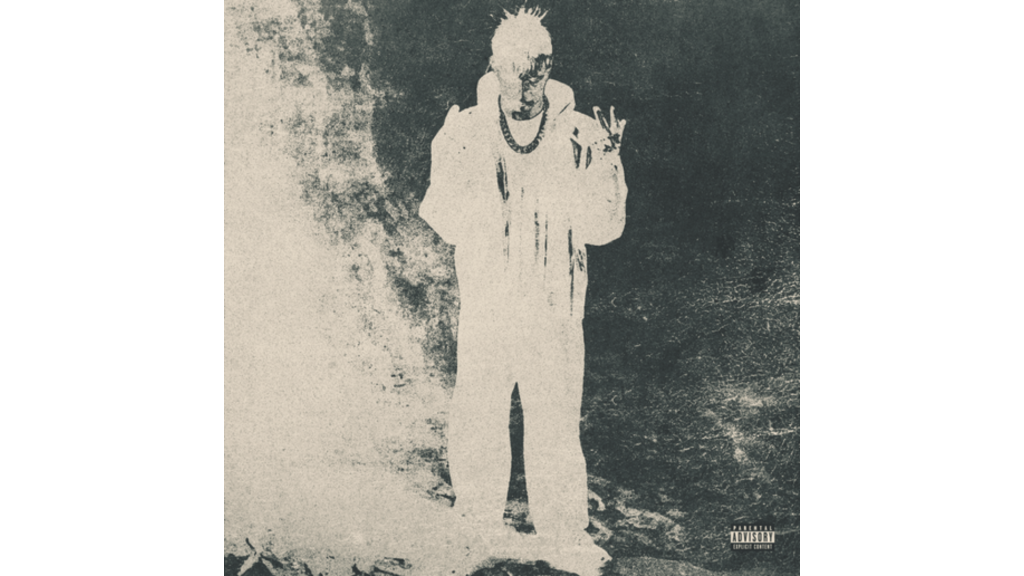Who was the lead singer of Buffalo Springfield, the band that helped shape the sound of folk-rock in the 1960s?
While many know of Neil Young and Stephen Stills, the true voice behind the band’s biggest hits remains a mystery to some.
In this article, we’ll explore the life and legacy of Buffalo Springfield’s frontman, shedding light on his crucial role in the band’s success and enduring influence.
Read on to discover the untold story of the man behind the mic and learn how his powerful vocals and stage presence defined an era in rock history.
Lead Singer of Buffalo Springfield: Dewey Martin

Buffalo Springfield’s lead singer, Dewey Martin, played a crucial role in shaping the band’s distinctive sound. His powerful vocals and commanding stage presence were integral to the group’s success.
Martin joined Buffalo Springfield in 1966, quickly making an impact with his soulful voice and dynamic performances.
Dewey Martin’s Background
Born in 1940 in Chesterville, Ontario, Canada, Dewey Martin was exposed to various musical genres from a young age. His early influences included blues, country, and rock ‘n’ roll.
Before joining Buffalo Springfield, Martin gained valuable experience performing with several bands, honing his skills as a vocalist and drummer.
In 1966, Dewey Martin was recruited to join Buffalo Springfield by the band’s co-founder, Bruce Palmer.
Martin’s addition to the lineup was a turning point for the group. His vocal prowess and magnetic stage presence immediately caught the attention of the audience and his fellow band members.
Dewey Martin’s Role and Impact

1. Beautiful Vocals
Dewey Martin’s exceptional vocal range and dynamic delivery set him apart as a lead singer.
His powerful, blues-inflected voice gave Buffalo Springfield’s music depth and authenticity. Key songs like “For What It’s Worth” and “Mr. Soul” showcase Martin’s impressive vocal abilities.
2. Stage Presence
Known for his charismatic performances, Dewey Martin captivated audiences with his dynamic stage presence. His energetic and engaging style during live shows contributed to Buffalo Springfield’s reputation as an electrifying live act.
Martin’s ability to connect with the crowd and deliver passionate performances significantly influenced the band’s success.
3. Critical and Peer Recognition
Dewey Martin’s contributions to Buffalo Springfield earned praise from music critics and his fellow band members. In interviews, his bandmates often acknowledged Martin’s vital role in shaping the group’s sound and identity.
Critics lauded his vocal prowess and recognized his influence on the band’s success.
Musical Style and Influence
His love for blues music heavily influenced Dewey Martin’s singing style. His raw, soulful vocals brought a distinct blues flavor to Buffalo Springfield’s folk-rock sound.
Martin’s powerful vocals became a defining feature of Buffalo Springfield’s music. His voice seamlessly blended with the band’s intricate harmonies and instrumental arrangements, creating a unique and recognizable sound.
Songs like “Sit Down I Think I Love You” and “Rock & Roll Woman” exemplify how Martin’s vocals complemented the band’s musical style.
Dewey Martin’s contributions extended beyond his role as lead vocalist. His musical ideas and interpretations often influenced the band’s songwriting and direction.
Martin’s input helped shape Buffalo Springfield’s albums and individual songs, leaving an indelible mark on their discography.
Formation of the Band- Buffalo Springfield
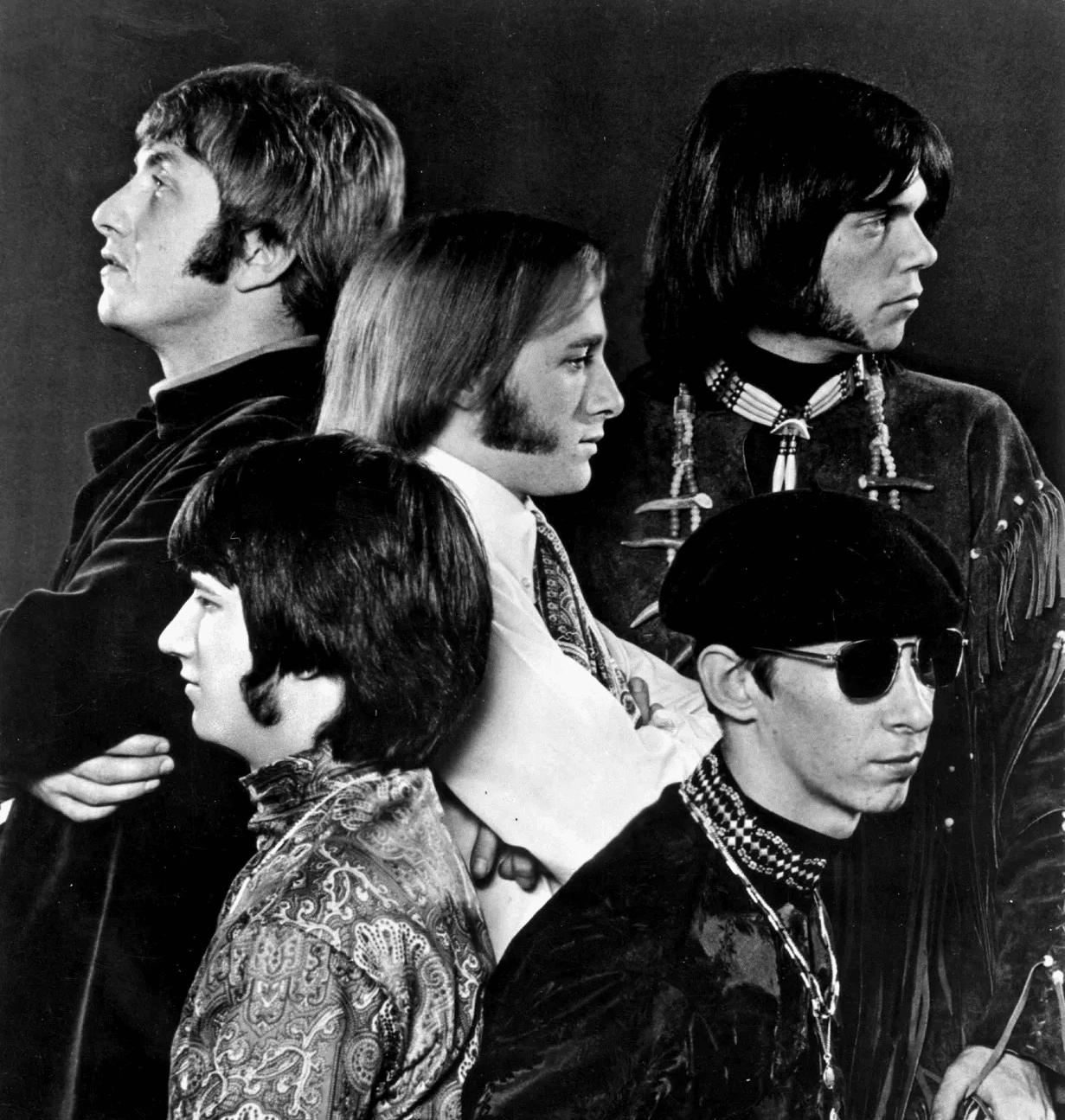
Buffalo Springfield formed in Los Angeles in 1966, bringing together a group of talented musicians from diverse backgrounds.
The band’s original lineup consisted of Neil Young (guitar, vocals), Stephen Stills (guitar, vocals), Richie Furay (guitar, vocals), Dewey Martin (drums, vocals), and Bruce Palmer (bass).
Early Days: The band members crossed paths through various musical connections in the Los Angeles folk-rock scene. After jamming together and recognizing their unique chemistry, they decided to form Buffalo Springfield.
The band began playing local gigs and quickly gained attention for their fresh sound and compelling performances.
Band’s Musical Evolution
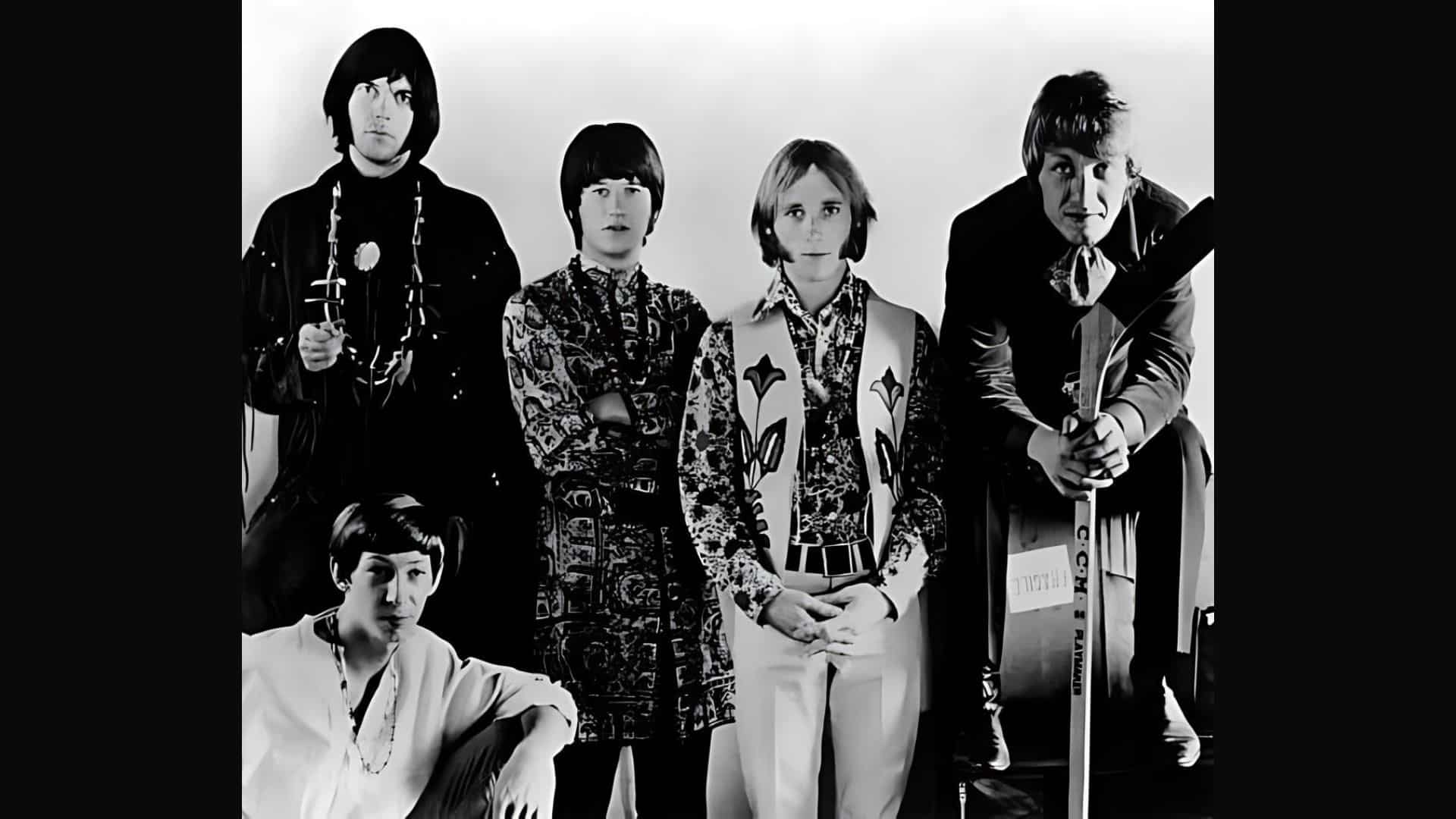
1. Transition from Folk and Country to Psychedelic Rock
Buffalo Springfield’s early music was heavily influenced by folk and country, which is evident in their debut album, “Buffalo Springfield” (1966).
However, as the band evolved, they began incorporating elements of psychedelic rock, reflecting the changing musical landscape of the late 1960s.
2. Development of Their Signature Sound
The band’s second album, “Buffalo Springfield Again” (1967), marked a significant shift in their musical direction. Songs like “Mr. Soul” and “Bluebird” showcased a more electrified and experimental sound, blending psychedelic elements with their folk-rock roots.
This evolution helped define Buffalo Springfield’s signature sound.
3. Influence of Individual Members
Each member of Buffalo Springfield contributed to the band’s evolving sound.
Neil Young’s distinctive guitar style and introspective songwriting became more prominent, while Stephen Stills’ musical versatility and arranging skills helped shape the band’s complex arrangements.
Richie Furay’s country-influenced songwriting added depth to their repertoire.
Band’s First Breakthrough
Buffalo Springfield’s early success was fueled by their captivating live performances and growing reputation in the Los Angeles music scene.
Their first breakthrough came with the release of their debut single, “Nowadays Clancy Can’t Even Sing,” which garnered significant radio airplay and attracted industry attention.
Albums and Musical Highlights
| Album Title | Release Date | Hits from the Album | Achievements |
|---|---|---|---|
| Buffalo Springfield | December 5, 1966 | “For What It’s Worth,” “Nowadays Clancy Can’t Even Sing,” “Sit Down I Think I Love You” | “For What It’s Worth” peaked at #7 on the Billboard Hot 100 chart. |
| Buffalo Springfield Again | October 30, 1967 | “Mr. Soul,” “Bluebird,” “Rock & Roll Woman” | Widely acclaimed, it showcased the band’s musical growth and versatility. |
| Last Time Around | July 30, 1968 | “On the Way Home,” “I Am a Child,” “Kind Woman” | Reached #42 on the Billboard 200, noted for its diverse musical styles. |
Key Band Members and Their Roles
1. Neil Young: Guitar, Vocals, Songwriting
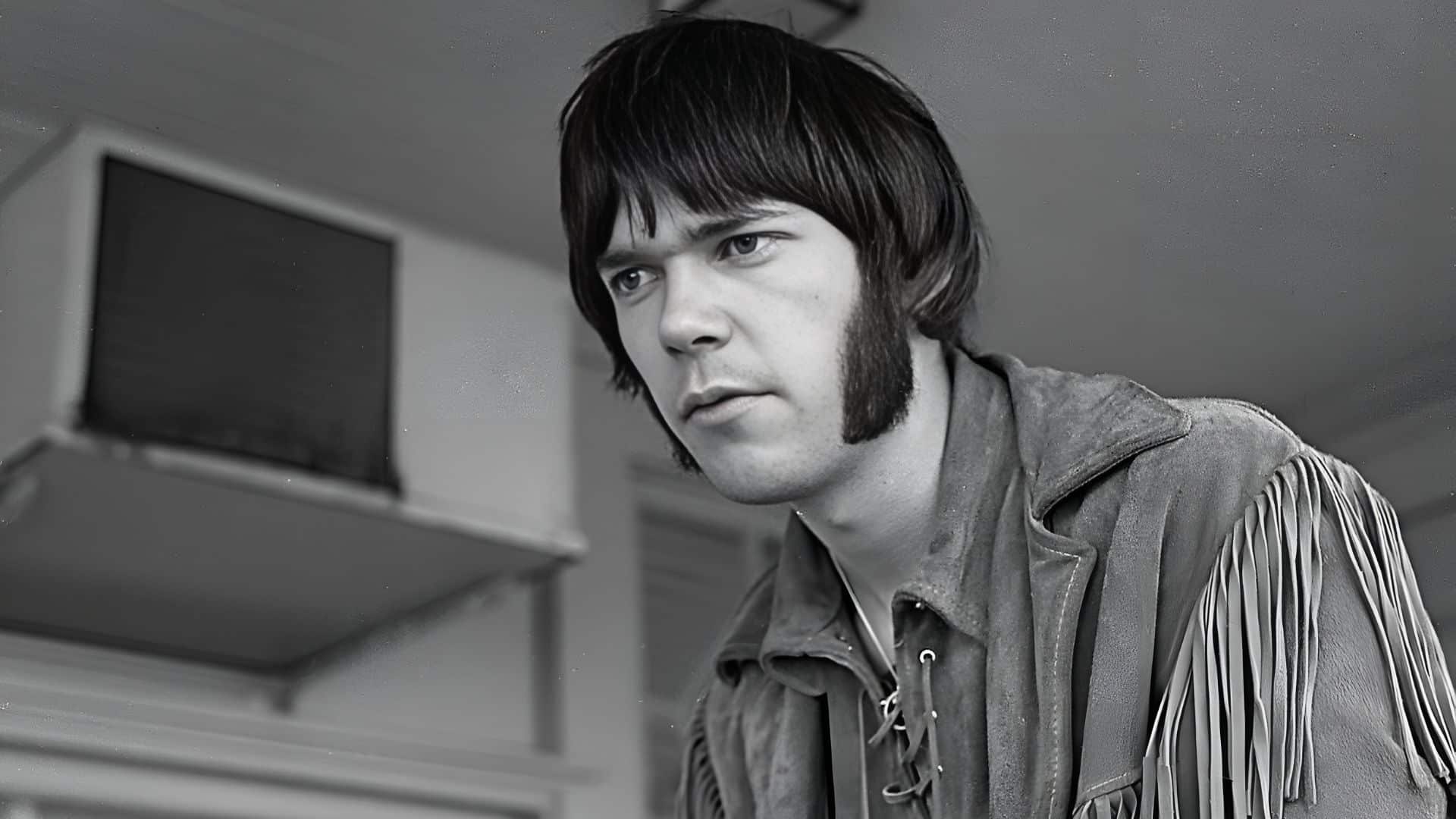
Neil Young was a vital member of Buffalo Springfield, serving as a guitarist, vocalist, and songwriter. His unique style, characterized by his distinctive guitar work and passionate vocals, significantly contributed to the band’s sound and helped shape their musical identity.
Neil Young wrote several key songs for Buffalo Springfield, including “Mr. Soul,” “Broken Arrow,” and “I Am a Child.”
Young’s guitar playing was a defining element of Buffalo Springfield’s sound. His innovative use of feedback, distortion, and unconventional techniques set him apart from his contemporaries.
Neil Young’s vocal contributions were prominent in several Buffalo Springfield songs, such as “Flying on the Ground Is Wrong” and “Expecting to Fly.”
His distinctive, high-pitched voice added a sense of vulnerability and emotion to the band’s music, complementing the vocal styles of the other members.
2. Stephen Stills: Guitar, Vocals, Songwriting
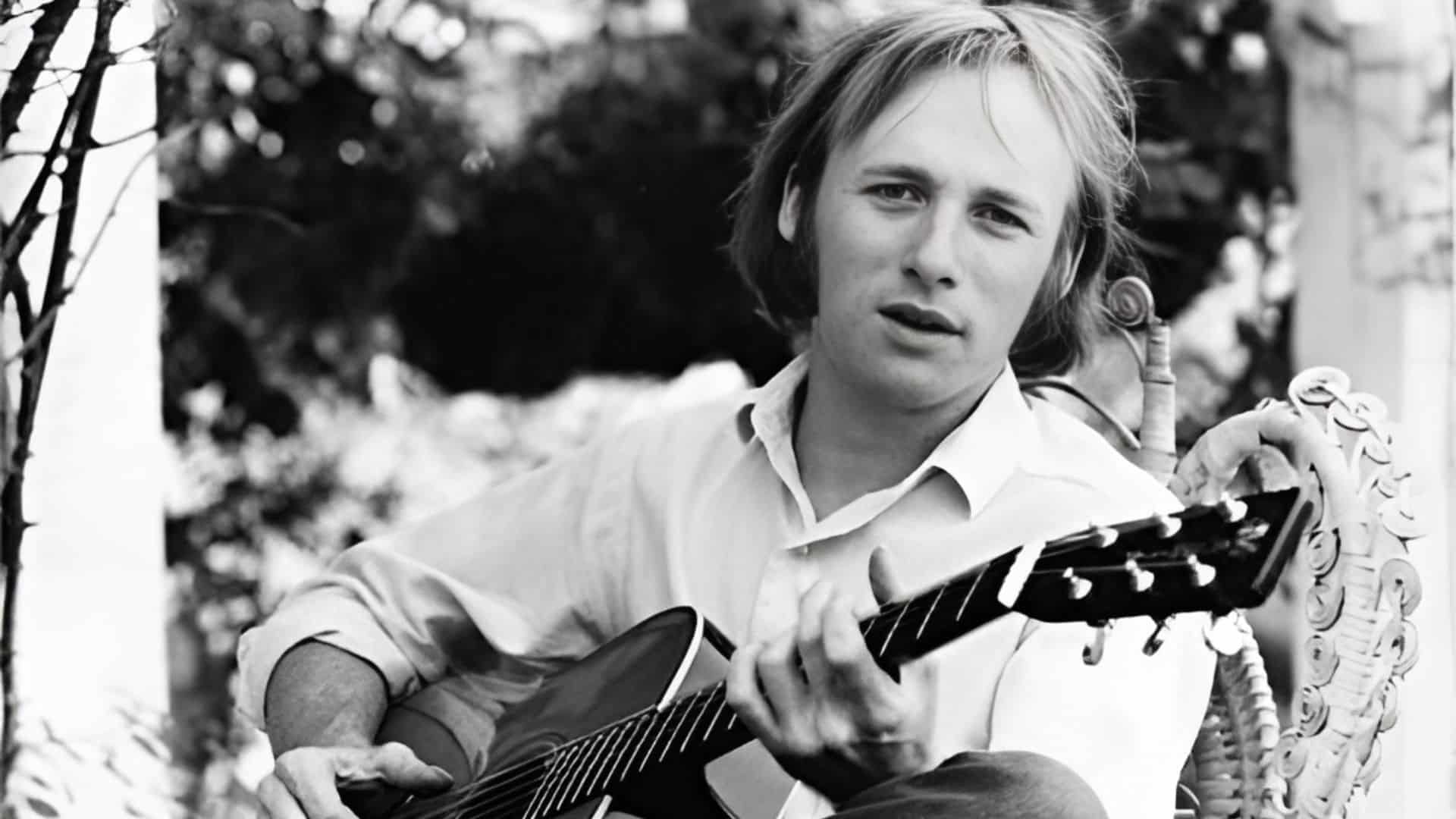
Stephen Stills was a multifaceted member of Buffalo Springfield, contributing as a guitarist, vocalist, and songwriter. His distinctive sound and musical style were crucial in defining the band’s direction and identity.
Stills wrote many of Buffalo Springfield’s most iconic songs, including “For What It’s Worth,” “Rock & Roll Woman,” and “Bluebird.”
His lyrics often addressed social and political issues, reflecting the turbulent times of the 1960s. Stills’ melodies and song structures were instrumental in shaping the band’s sound.
Stephen Stills’ guitar playing was a driving force behind Buffalo Springfield’s music.
His versatile style encompassed folk, rock, and blues elements, and he was known for his skillful use of alternate tunings and fingerpicking techniques.
Stills’ vocal contributions were a key component of Buffalo Springfield’s harmonies and overall vocal sound. His powerful and expressive voice is featured in lead roles on songs like “For What It’s Worth” and “Sit Down I Think I Love You.”
3. Richie Furay: Guitar, Vocals, Songwriting
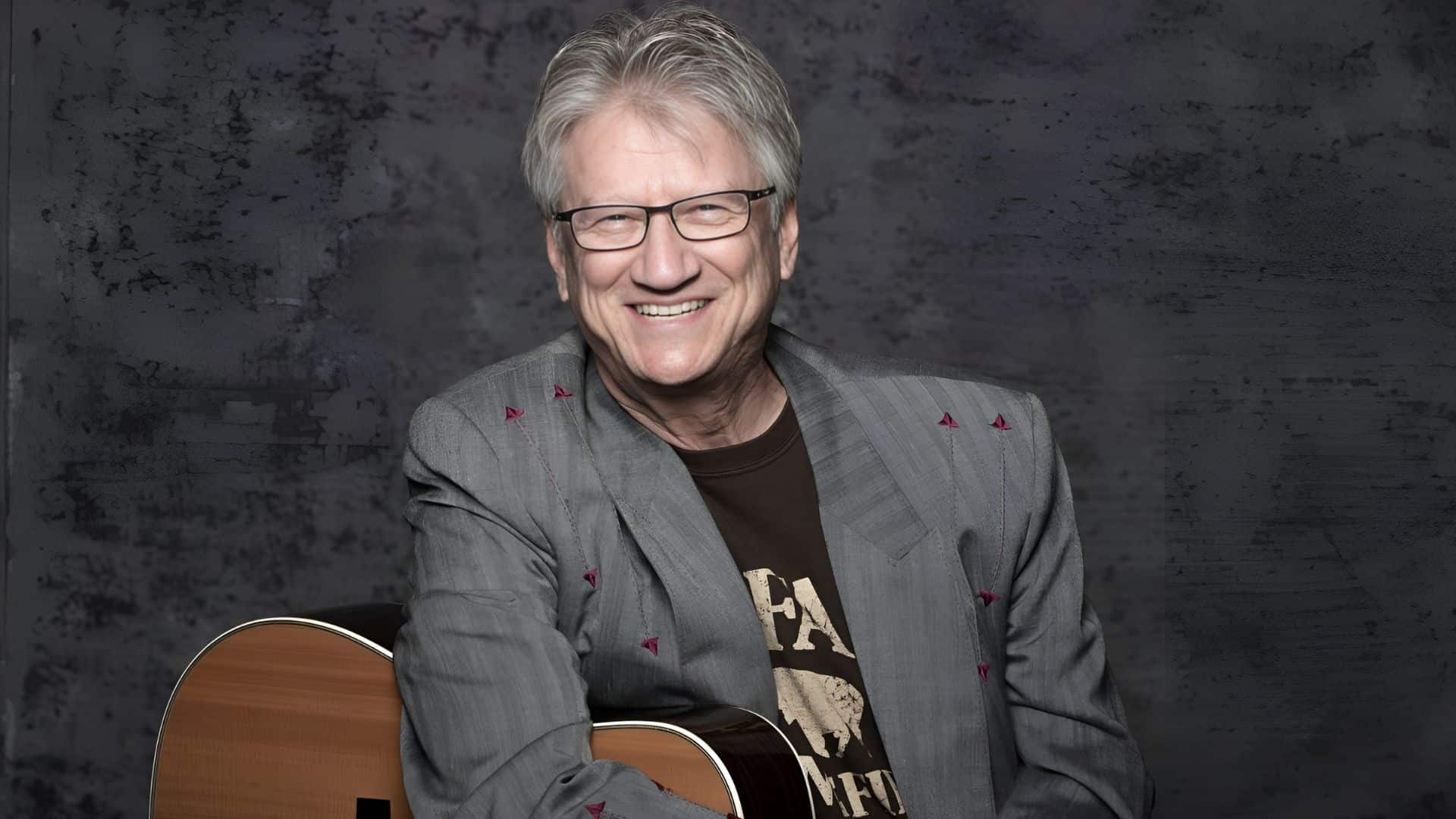
Richie Furay was an integral member of Buffalo Springfield, contributing as a guitarist, vocalist, and songwriter. His musical sensibilities and influences significantly shaped the band’s sound and style.
Furay wrote several notable songs for Buffalo Springfield, including “Kind Woman,” “Child’s Claim to Fame,” and “Sad Memory.” His songwriting often incorporated country and folk music elements, adding a distinctive flavor to the band’s repertoire.
Richie Furay’s guitar playing complemented the styles of Neil Young and Stephen Stills, adding texture and depth to Buffalo Springfield’s sound.
His rhythm guitar work provided a solid foundation for the band’s arrangements, while his lead guitar parts showcased his melodic sensibilities.
Furay’s vocal contributions were essential to Buffalo Springfield’s harmonies and overall vocal sound. His smooth, high-tenor voice blended seamlessly with Stephen Stills and Neil Young’s vocals, creating lush and intricate harmonies.
4. Bruce Palmer: Bass
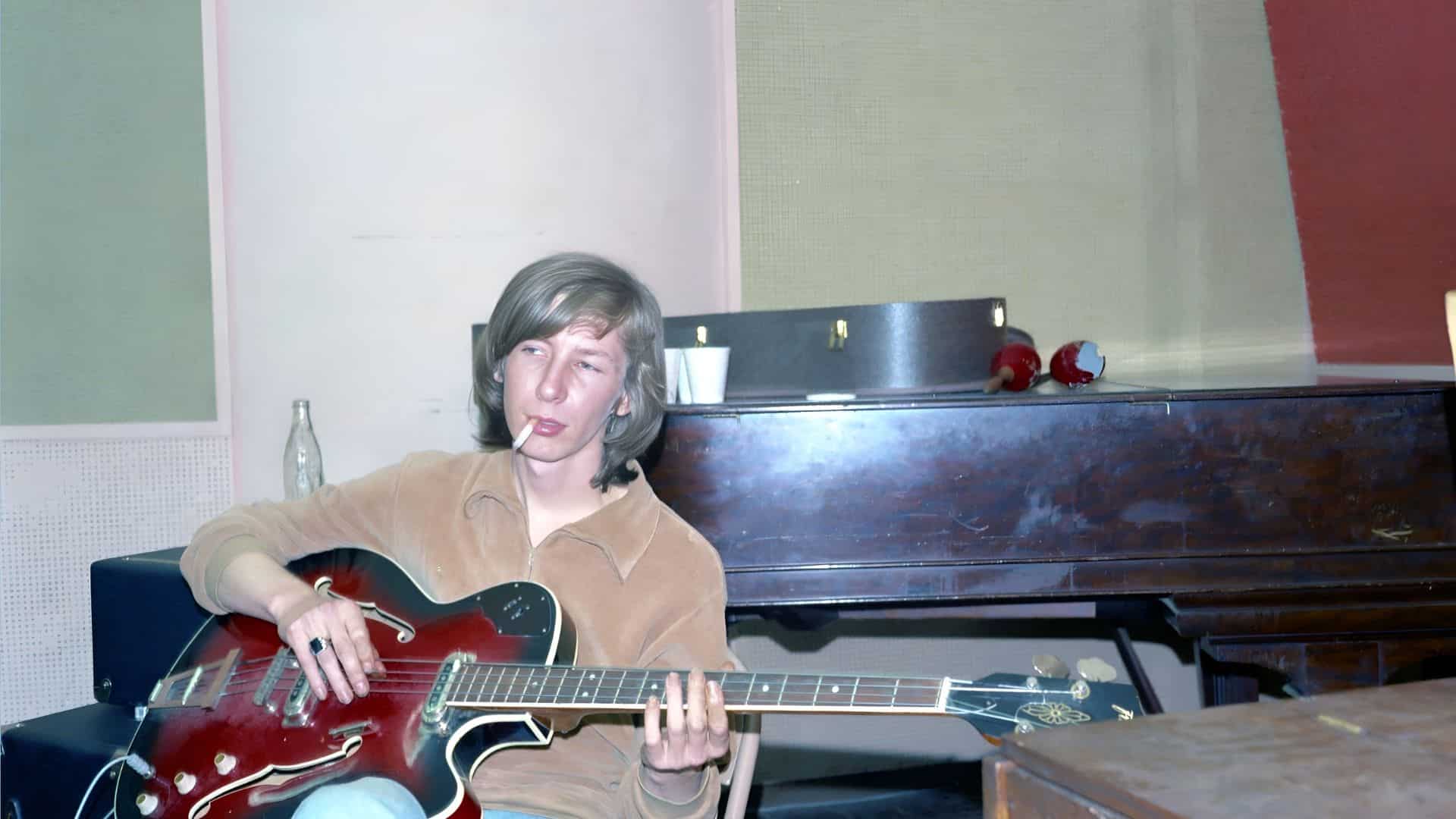
Bruce Palmer was the bassist for Buffalo Springfield, and his unique style and contributions were essential to the band’s rhythm section. Palmer’s bass playing provided a solid foundation for the band’s music and helped define their overall sound.
Bruce Palmer’s bass-playing style was characterized by his melodic approach and ability to create intricate and dynamic bass lines. He often used a pick to play the bass, giving his sound a distinct attack and clarity.
Palmer’s bass lines were not merely supporting elements but were integral parts of the band’s arrangements, adding depth and movement to their music.
Conclusion
Buffalo Springfield’s legendary frontman, Dewey Martin, left an indelible mark on the band’s music and the folk-rock genre.
His powerful vocals, magnetic stage presence, and invaluable contributions to the band’s creative process helped shape their unique sound and propel them to success.
While Buffalo Springfield’s time together was short-lived, the impact of their music and the individual talents of members like Martin, Young, Stills, and Furay continue to resonate with fans and inspire new generations of musicians.
So, let us remember and celebrate the man behind the microphone, whose voice and spirit helped define an era.


